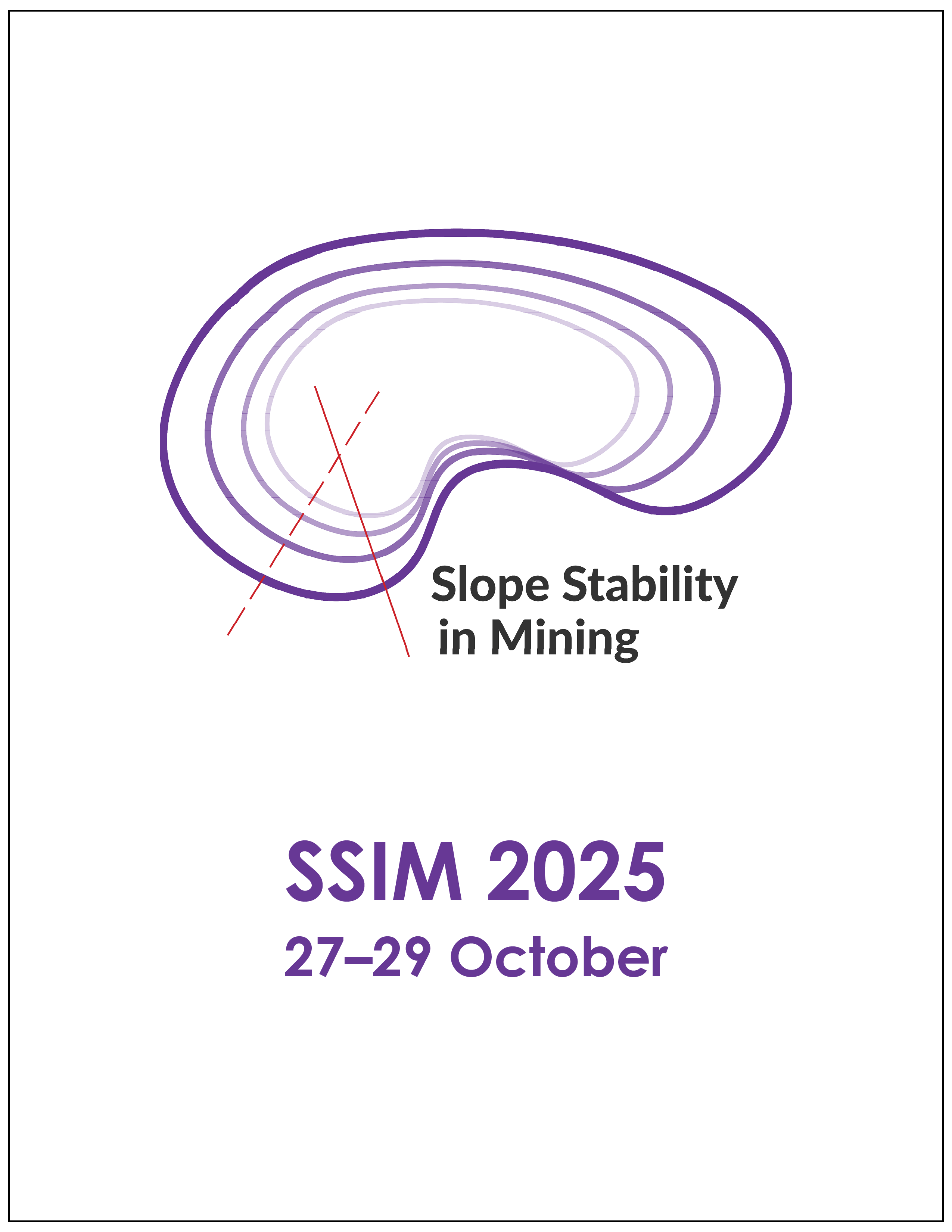Implementation of an effective depressurisation program in the structurally complex Jwaneng diamond mine

|
Authors: Rakgomo, K; Mphinyane, T; Mabote, O; Liu, H; Xiang, J |
DOI https://doi.org/10.36487/ACG_repo/2535_41
Cite As:
Rakgomo, K, Mphinyane, T, Mabote, O, Liu, H & Xiang, J 2025, 'Implementation of an effective depressurisation program in the structurally complex Jwaneng diamond mine', in JJ Potter & J Wesseloo (eds), SSIM 2025: Fourth International Slope Stability in Mining Conference, Australian Centre for Geomechanics, Perth, https://doi.org/10.36487/ACG_repo/2535_41
Abstract:
The Jwaneng Mine is a large open pit diamond mine with a planned depth of approximately 850 m from the current pit depth of approximately 500 m. The major geologic units at the mine include 500 m-thick lowpermeability shale that overlies the massive dolomite. The upper portion of the dolomite is more permeable than the underlying dolomite. Extensive geologic structures are present at the pit and in its vicinity, which causes complicated compartmentalised groundwater flow conditions. The presence of these geologic structures affects both bench-scale and large-scale slope stability, thus requiring active dewatering and depressurisation to avoid pore-pressure-induced failures. In-pit dewatering and depressurisation have proved to be more feasible and effective for these low-permeability rocks and compartmentalised groundwater conditions in the Jwaneng Mine. The highly active and constrained production spaces and dynamic mining plans pose logistical challenges for the optimal implementation of permanent in-pit dewatering infrastructures. Implementation of dewatering and depressurisation requirements at the Jwaneng Mine are guided by empirical data on the mine and the outputs of the well-calibrated numerical groundwater flow model. The recent installations of dewatering infrastructures include inclined dewatering wells intended for mobile dewatering, pit floor drain holes for continuous passive dewatering, and horizontal drain holes on the pit surface to intercept any perched water in the remediated bench-scale failure areas. To assess the effectiveness of the dewatering and depressurisation, efforts have been made to monitor the groundwater levels within 200 m behind the pit wall. These monitoring data are critical for assessment of the effectiveness of the depressurisation effort, and the effect of rainfall and of zone of relaxation on the pore pressure distribution. With the combination of different dewatering approaches, monitoring, and the numerical model, the Jwaneng hydrogeology team has been able to achieve the depressurisation targets since 2013.
Keywords: depressurisation, slope stability, pore pressure, borehole nuclear magnetic resonance, hydraulic conductivity, groundwater modelling
References:
Akkurt, R, Kersey, D & Zainalabedin, K 2009, ‘Towards everyday NMR: An operator’s perspective’, Petrophysics, vol. 50, no. 6,
pp. 498–510.
Allen, D, Flaum, C, Ramakrishnan, TS, Bedford, J, Castelijns, K, Fairhurst, D, … Ramamoorthy, R 2000, ‘Trends in NMR logging’ Oilreview, vol. 12, no. 3, pp. 2–19.
Beale, G & Read, J 2014, Guidelines for Evaluating Water in Pit Slope Stability, CSIRO Publishing, Collingwood.
Freedman, R 2006, ‘Advances in NMR logging’, Journal of Petroleum Technology, vol. 58, no. 1, pp. 60–66.
Hermance, JF 1999, A Mathematical Primer on Groundwater Flow: An Introduction to the Mathematical and Physical Concepts of Saturated Flow in the Subsurface, Prentice Hall Inc., Upper Saddle River.
© Copyright 2025, Australian Centre for Geomechanics (ACG), The University of Western Australia. All rights reserved.
View copyright/legal information
Please direct any queries or error reports to repository-acg@uwa.edu.au
View copyright/legal information
Please direct any queries or error reports to repository-acg@uwa.edu.au

